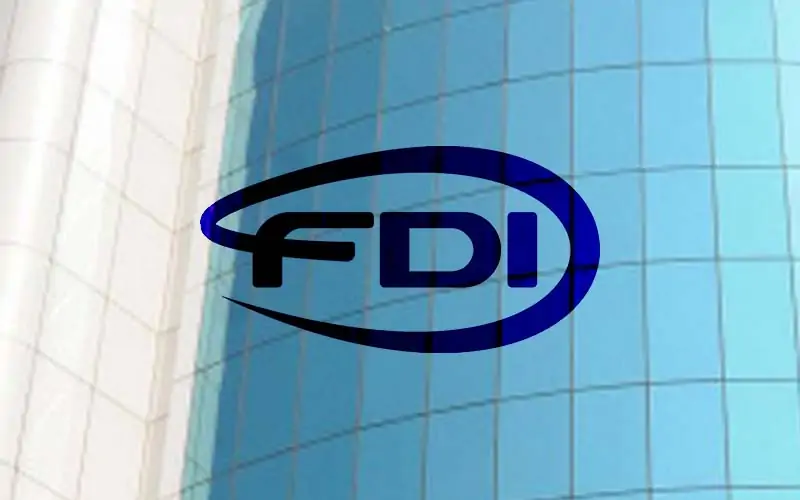Long-Run Theory of Cost
Long-Run Theory of Cost.
When all inputs can be varied, there is a least-cost method of producing each possible level of output. Thus, with given input prices, there is a minimum achievable cost for each level of output, we obtain the long-run average cost of producing each level of output. This is referred to as long run average cost (LRAC) and it is shown in the following diagram
The LRAC curve is the boundary between attainable and unattainable levels cost. Since the lowest attainable cost of producing, q0 is C0 per unit of output, there is a point E0 on the LRAC curve. Now, in case a firm producing at E0 desires to increase output to q1. In the short run, it will not be able to vary all inputs, and thus unit costs above C1 , say C2, must be accepted. In the long run a plant that is the optional size for producing output q1 can be built and costs of C1 can be attained. At output qm the firm attains its lowest possible per unit cost of production for the given technology and input prices.
In the long run the cost minimisation requires that the long run average cost (LRAC) curve encloses a series of short run average total cost curves by being tangent to them. That is why the LRAC is also called an ‘envelope’ curve. Each short run average total cost (SRATC) curve is tangent to the LRAC at the level of output for which the quantity of the fixed factor is optimal, and lies above it for all other levels of output. This is shown in the following diagram
For every point on the LRAC curve, there is an associated SRATC. Curve tangent to that point. Each short run curve shows how costs vary if output varies, with the fixed factor held constant at the level that is optimal for the output at the tangency point. As a result, each SRATC curve touches the LRAC curve at one point and lies above it at all other points. This makes the LRAC curve the envelope of the SRATC curves.






